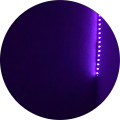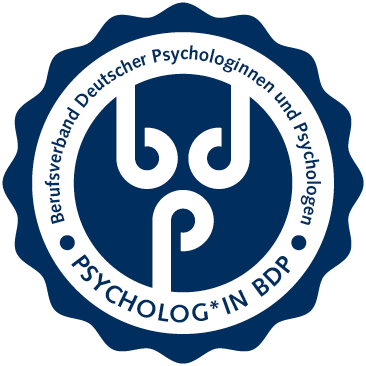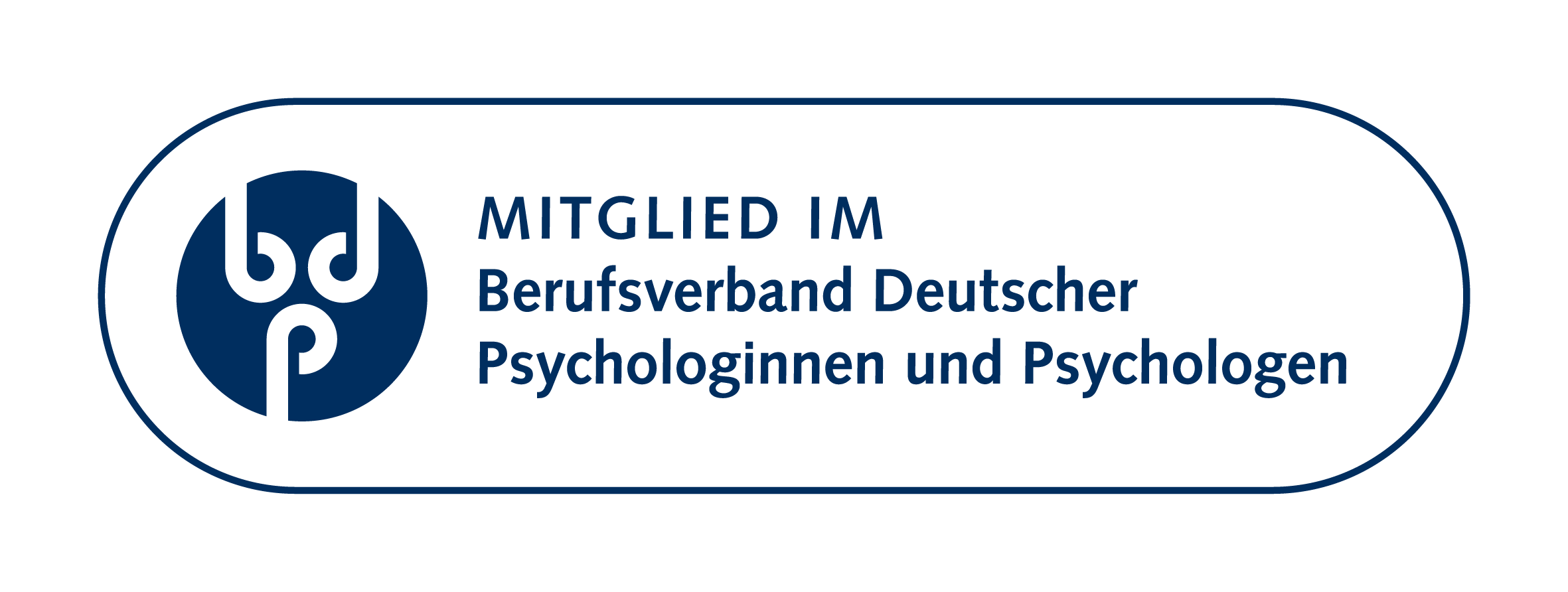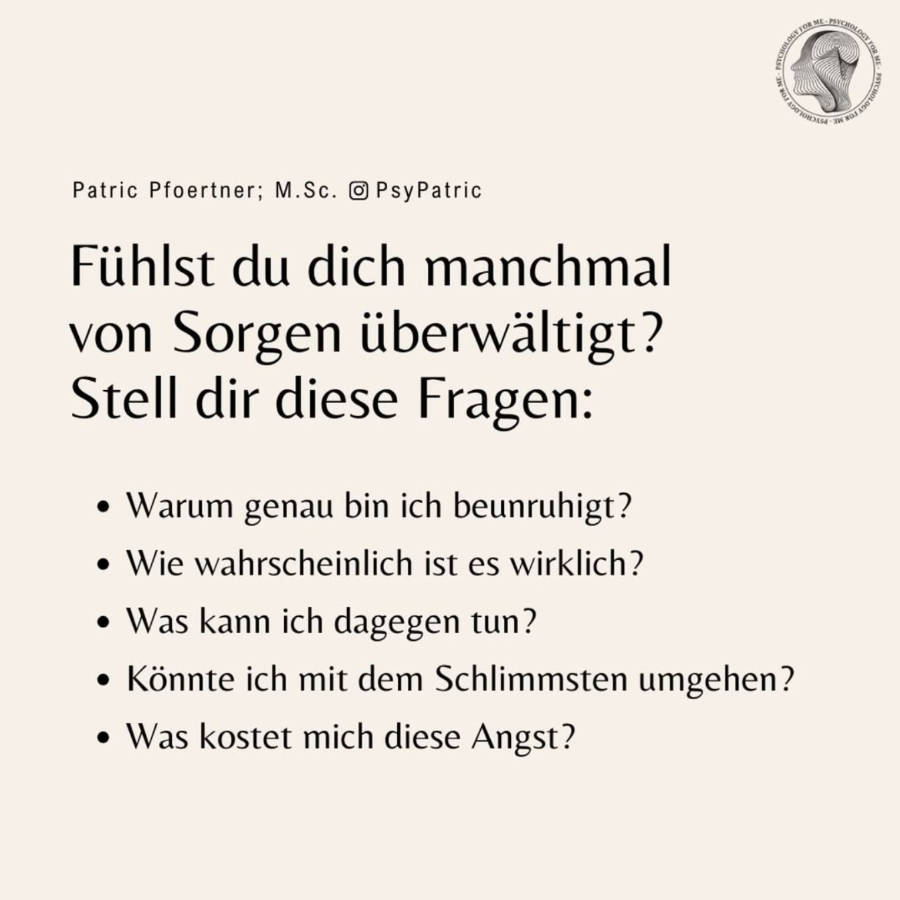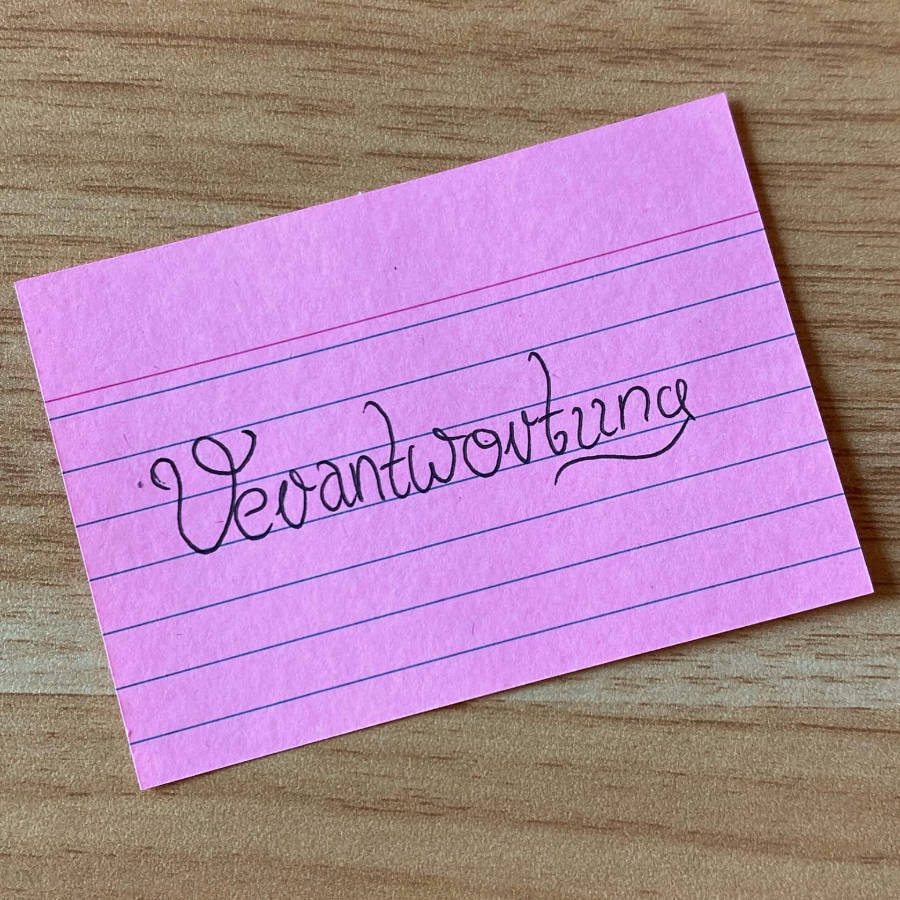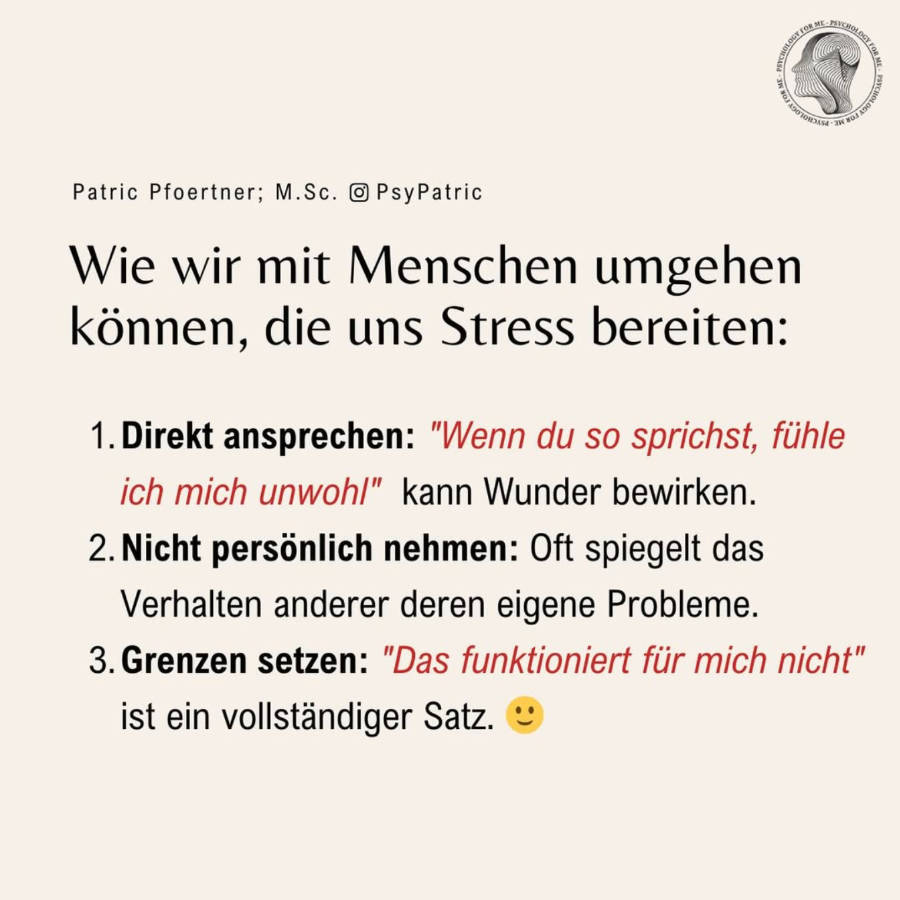Understanding Compulsive Buying: A Path to Healthier Habits
In our modern world, shopping is a common and often enjoyable activity. For many, it's a way to acquire necessities, express creativity, or even socialize. However, for some, shopping can transition from a pleasant pastime into a challenging and often overwhelming compulsion. This can leave individuals feeling trapped, financially strained, and emotionally distressed.
If you've found yourself taking this self-assessment, you've already taken a courageous first step towards understanding your relationship with shopping. It's completely normal to feel a mix of emotions – perhaps curiosity, concern, or even a bit of apprehension. Please know that you are not alone in exploring these feelings.
This self-assessment aims to shed light on your personal shopping patterns and is a tool for self-reflection. It is designed to help you:
- Understand your relationship with shopping: Gain clarity on how purchasing affects your emotions and daily life.
- Identify potential compulsive buying patterns: Recognize behaviors that might indicate a problematic habit.
- Encourage self-reflection and indicate when professional support might be beneficial: Empower you to make informed decisions about your well-being.
It's natural to have questions when exploring a topic like compulsive buying. Here are some common inquiries that often arise:
What is compulsive buying?
Compulsive buying, sometimes referred to as shopaholism or Oniomania, is characterized by excessive, uncontrolled, and repetitive purchasing that leads to significant distress or impairment. Unlike casual shopping, it's driven by an irresistible urge rather than a need, often used to regulate emotions like anxiety, depression, or stress. It can manifest as a cycle of craving, buying, and then often regret or guilt.
How do I know if I have a problem with shopping?
Recognizing a problem can be challenging because shopping is so ingrained in our daily lives. Key indicators include spending more than you can afford, buying things you don't need or use, hiding purchases, feeling an uncontrollable urge to shop, experiencing negative emotions (like guilt or anxiety) after shopping, and having shopping interfere with your responsibilities or relationships. This self-assessment is designed to help you identify these patterns.
What are the signs of compulsive buying?
Beyond the core behaviors, look for signs like preoccupation with shopping, using shopping as an emotional escape, difficulty stopping once you start, feeling irritable when you can't shop, and financial difficulties arising from purchases. The impact on your personal life, such as arguments with loved ones or neglect of duties, is also a significant sign.
Can compulsive buying be treated?
Yes, absolutely. Compulsive buying is a treatable condition. It often responds well to therapeutic approaches like Cognitive Behavioral Therapy (CBT), which helps individuals identify triggers, challenge problematic thoughts, and develop healthier coping mechanisms. Support groups can also provide a valuable community and shared experience.
What should I do if I think I have a shopping problem?
The first step is acknowledging your concerns, which you've already done by taking this test. Next, consider speaking with a mental health professional – a psychologist, therapist, or counselor – who specializes in behavioral addictions. They can provide a proper assessment, offer personalized strategies, and guide you towards recovery. Remember, seeking help is a sign of strength, not weakness.











